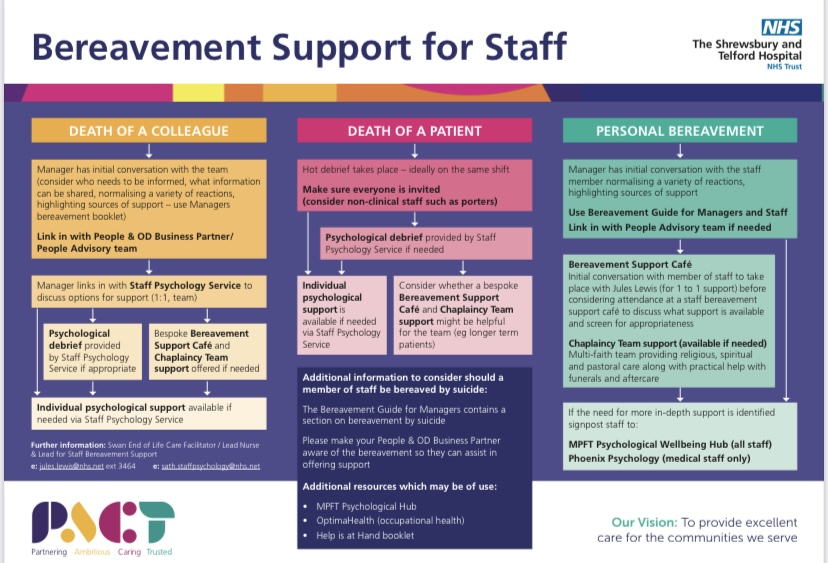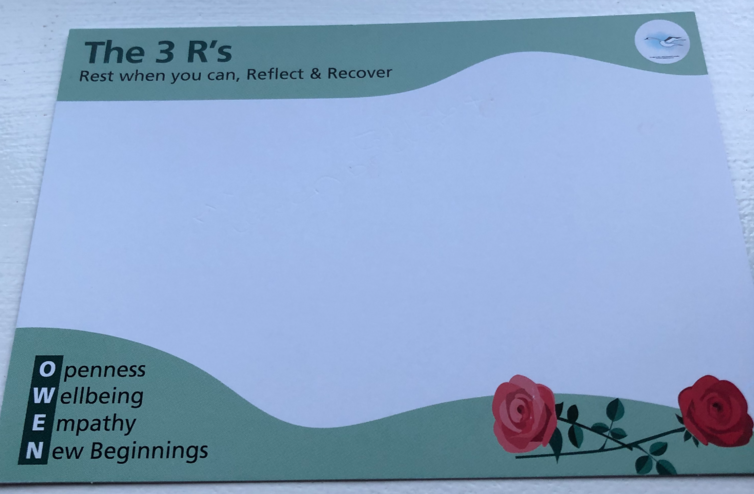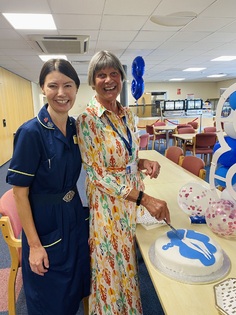Type of publication:
Conference abstract
Author(s):
*Sultana E.; *Seraj S.; *Jones S.
Citation:
British Journal of Surgery. Conference: ASiT Surgical Conference 2023. Liverpool United Kingdom. 110(Supplement 7) (pp vii183), 2023.
Abstract:
Background: The aim of elective Abdominal Aortic Aneurysm (AAA) repair is to prevent premature death from rupture. The Endovascular Aneurysm Repair (EVAR) 2 trial showed that patients with AAA who are not fit for open repair do not benefit in terms of life-expectancy from EVAR. In our region, the average life expectancy for men is above the national average but controversy remains when offering octogenarians expensive procedures with the aim of prolonging life. This study aimed to quantify the life-expectancy following an EVAR between octogenarians and younger patients. Method(s): A retrospective review was performed of the electronic notes of all patients receiving EVAR at our unit between October 2009 to October 2019. Survival post EVAR was compared between the octogenarian group and the younger patient group. A survival analysis was undertaken using the SPSS software to calculate a Kaplan-Meier curve. Result(s): 294 patients received EVAR between 2009-2019. Patients were between ages 45 and 89 (Median: 75); 87.4% were male. 169 patients died during follow up (n = 64 >=80 years, n = 105 <80 years). Time of death post-EVAR in octogenarians (average age 82.91 years) ranged between 0 – 131 months, whilst those under 80 years (average age 71.77 years) ranged between 1 – 152 months. Log rank (Mantel-Cox) analysis demonstrated statistical significance (p = 0.017). Median years post-EVAR for >=80 years was 3.02 – 4.98 and <80 years was 5.12 – 6.87. Conclusion(s): Octogenarians undergoing EVAR have a shorter life-expectancy compared to those under 80 years of age. This should be considered when discussing elective options with patients and their relatives.
Link to full-text [no password required]





